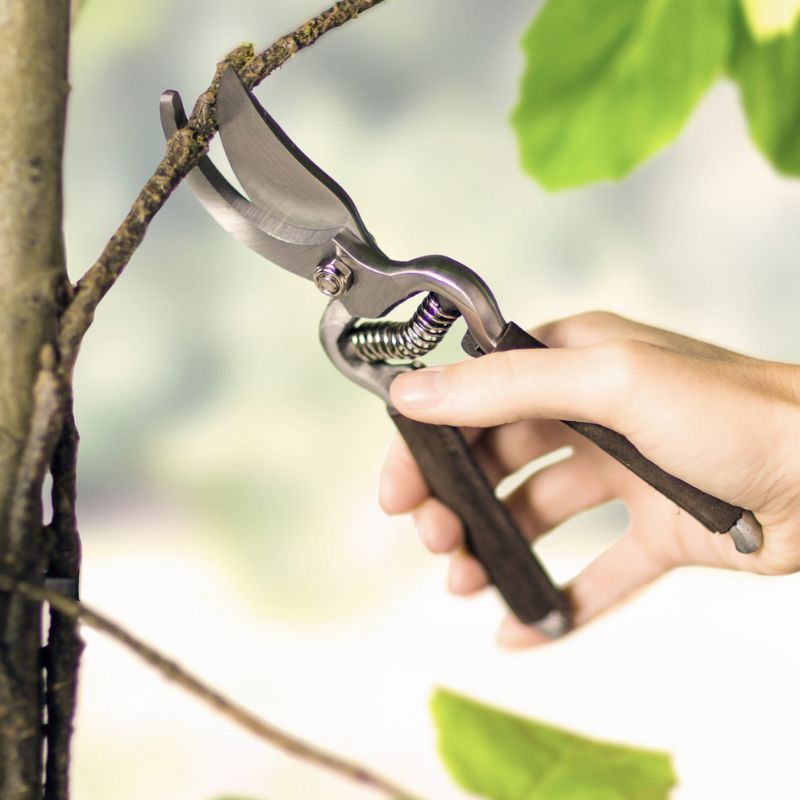How to Grow & Curate Wildflower Bouquets
There's something enchanting about wildflowers that can instantly brighten up any space. Imagine capturing the essence of a meadow's natural beauty and crafting a stunning bouquet. In this blog post, we'll guide you through the process of cultivating and creating a delightful wildflower bouquet using flowers gathered from a meadow. Let's dive in and embrace the magic of nature!
Growing Wildflowers for Cut Flower Bouquets
Step 1: Choosing the Right Seeds:
When it comes to selecting wildflower seeds for cut flowers, choose a mixture that will flower for a long period over the summer, producing bold and bright flowers. Our Annual Pollinator Mix is our easiest-to-grow and go to mixture for cut flower displays.
Step 2: Preparing the Soil:
Before sowing your wildflower seeds, it's crucial to prepare the soil properly, a well prepared seed bed will determine the success of your wildflowers. Wildflowers typically prefer well-draining soil and good access to light. Loosen the soil using a garden fork or a tiller to a depth of about 6 inches. Remember to remove any persistent weeds to prevent competition for nutrients. Repeat this process several times, leaving 2 weeks inbetween each turn, until there are no weeds or grass growing back.
Step 3: Sowing the Seeds:
Sowing wildflower seeds can be done in various ways, depending on your preferences and the area you're working with. You can scatter the seeds directly on prepared soil or create small rows for a more organized look. Mix the seeds with sand, sterile loam or Ready Brek to bulk the seed and help distribute them evenly. Create good seed-to-soil contact by pressing the seed into the soil. Careful not to burry the seeds as thy need access to light, the seeds should be no more that 1mm below the soil surface.
Step 4: Watering and Maintenance:
After sowing the seeds, water the area gently (so not to wash the seeds away) to provide moisture for germination if the weather is dry, however this is usually not necessary in Ireland as the soil generally remains moist until late June. During the germination period, it's important to keep the soil consistently moist, but not waterlogged. Avoid using heavy sprays or watering techniques that could dislodge the seeds or young seedlings. Once the plants have established, most wildflowers are fairly drought-tolerant.
Step 5: Thinning and Weeding:
As your wildflower seedlings begin to grow, it's important to thin them out to ensure proper spacing and avoid overcrowding. Crowded plants may compete for resources, resulting in weaker growth and less vibrant flowers. Check the packt or product page for the sowing rate. Additionally, keep an eye out for weeds and remove them to prevent them from outcompeting your wildflowers.
How to Create Cut Flower Bouquets with Wildflowers
Step 1: Gathering the Wildflowers
Before starting, equip yourself with a pair of garden shears or scissors, a basket, flower trug or a flower container, and gloves (optional). Here's how to gather wildflowers for your bouquet:
- Select your flowers: Aim for a diverse bouquet by picking different types of wildflowers. Choose various sizes, colors, and shapes to add depth and texture.
- Mindful harvesting: Select flowers that are in their prime, about to bloom, or fully bloomed, and vibrant. Avoid picking flowers that are wilting or damaged, as they won't last long in the bouquet.
- Choose from different pockets throughout the meadow. Harvesting annual plants will give space for new one's to flourish.
Step 3: Preparing the Wildflowers
Once you've gathered an assortment of wildflowers, it's time to prepare them for your bouquet:
- Trim the stems: Cut each stem at a diagonal angle, about 6-8 inches in length. This angle increases the surface area for water absorption, ensuring longer-lasting flowers.
- Remove excess foliage: Remove any leaves or foliage that would sit below the waterline in your vase. This prevents bacterial growth and keeps the water fresh.

Step 4: Arranging the Bouquet
Now comes the artistic part of arranging your wildflower bouquet:
- Select a vase: Choose a vase that complements the aesthetic you want to achieve. Opt for a transparent one to showcase the natural beauty of the wildflowers.
- Start with a focal point: Select a wildflower that stands out and use it as the focal point of your bouquet.
- Build around the focal point: Add complementary wildflowers around the focal point, considering their colors, sizes, and shapes. Experiment with different arrangements until you achieve the desired look.
- Add fillers and foliage: Intersperse smaller flowers or foliage to fill any gaps and add volume to the bouquet.
- Trim the stems: Ensure all the stems are of appropriate length to create a balanced and harmonious arrangement. Trim as necessary.
- Secure the bouquet: Use a natural twine, ribbon, or floral wire to tie the stems together gently. Adjust the positioning of the flowers until you are satisfied with the final arrangement.
Step 5: Caring for Your Wildflower Bouquet
To extend the lifespan of your bouquet, follow these care tips:
- Freshwater: Change the water every two days, ensuring it's at room temperature.
- Trim the stems: Every time you change the water, trim a small portion from the bottom of the stems to maintain water absorption.
- Avoid direct sunlight: Display your bouquet in a cool, shaded area to prevent wilting.
- Remove wilting flowers: As some flowers naturally fade.
Have you tried pressing wildflowers? Check out our blog on how to press and preserve wildflowers.













